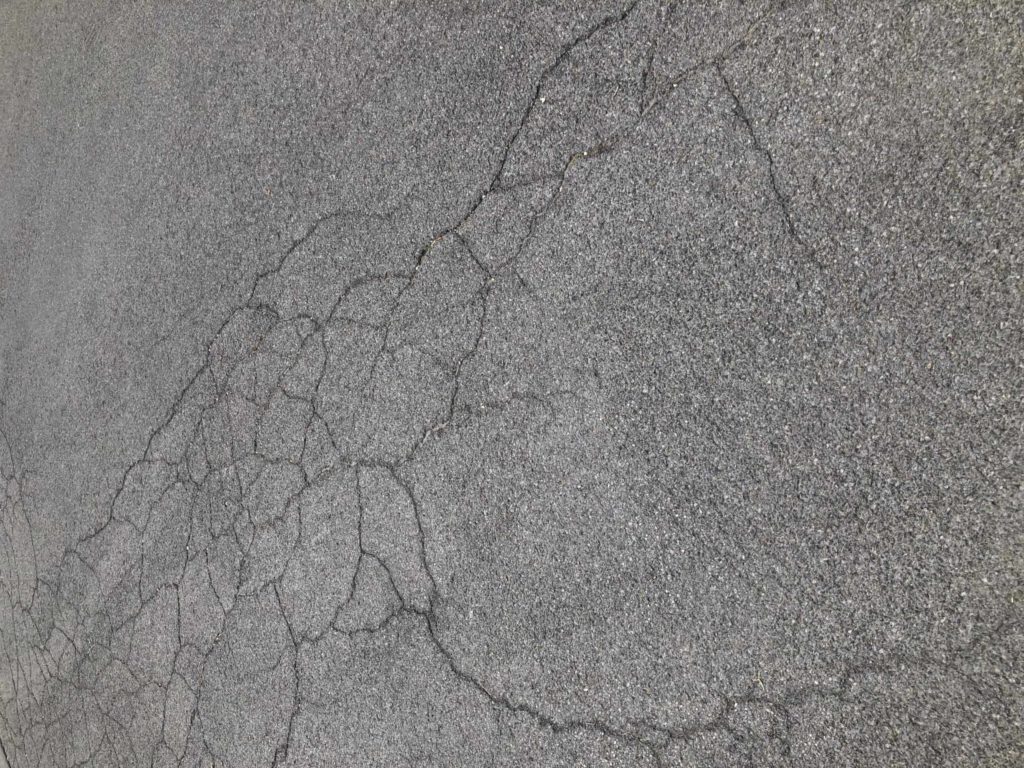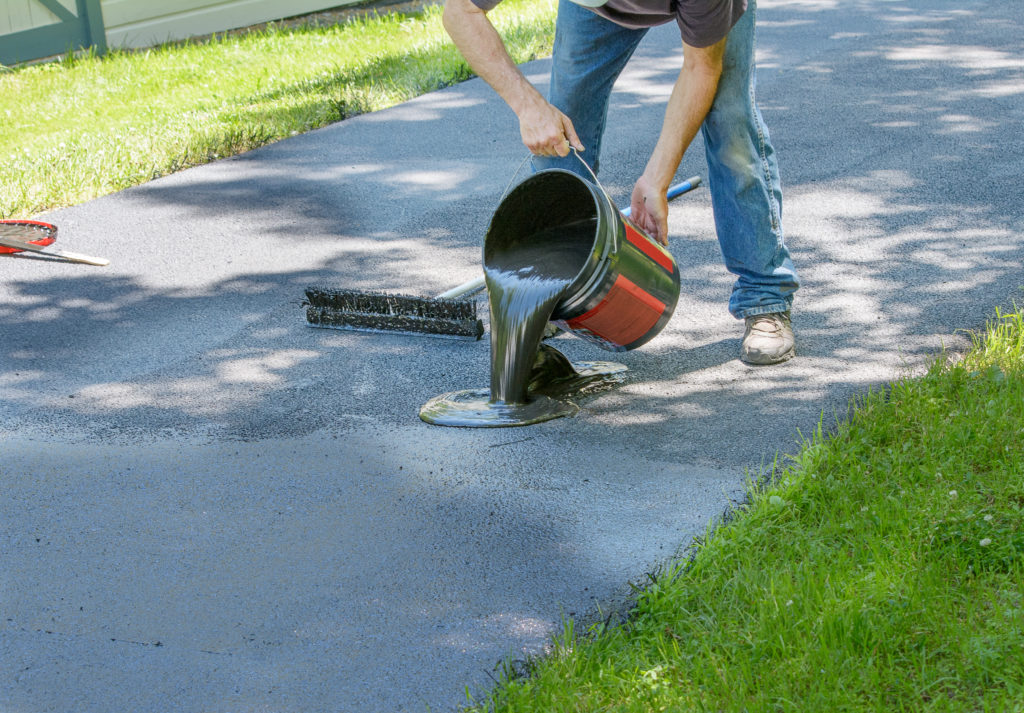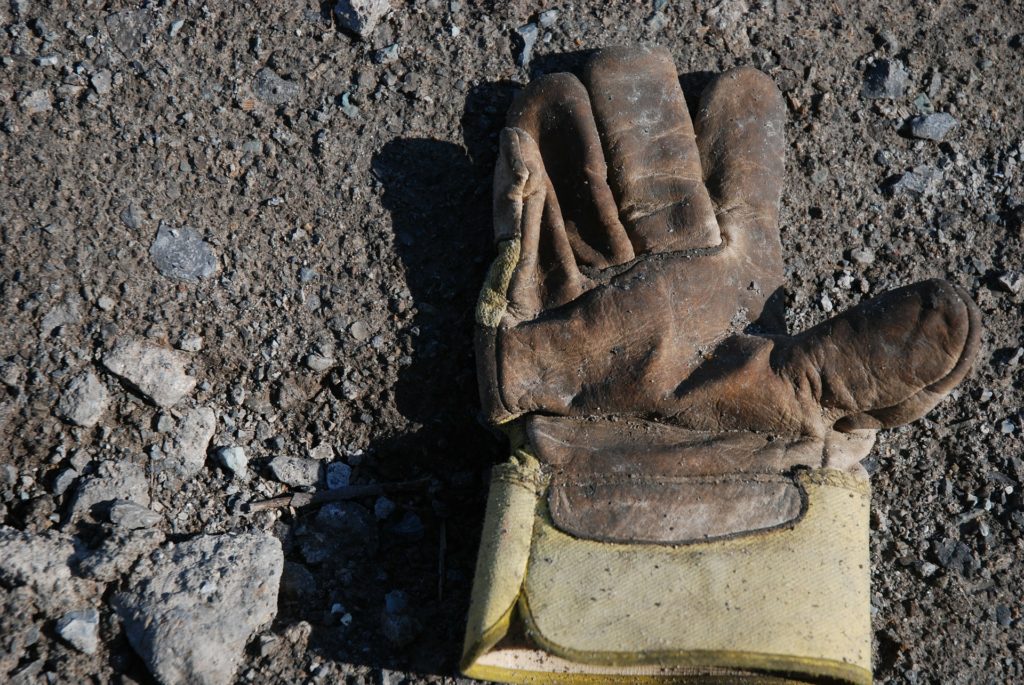Generally, homeowners should reseal their driveway every 2-3 years in the spring or summer seasons. However, deciding when it is the right time to reseal your driveway is dependent on a couple of things. You must consider the condition of your driveway, whether it’s made of concrete or asphalt, and the climate that you live in. Asphalt driveways need to be sealed more often than concrete! You should also examine the quality of the pavement sealer. As you might’ve guessed, the better the quality of the sealer, the longer the pave will last.
The Importance of Sealcoating

You may be wondering why experts recommend sealing your driveway every 2-3 years. Put simply, it’s because the health of your driveway is so important! Driveway sealer prevents the effects of weathering as well as water, dust and oils from damaging your driveway. Such damages include leaking, cracking and creating holes. In colder climates, resealing is especially critical, as cracks often expand in the winter time when water fills them and freezes.
While the durability of your driveway is vital, resealing will also elevate your curb appeal. It will bring your driveway back to life, inside and out!
Taking Action

You’ve decided that it’s time to sealcoat your driveway again… so what now?
Opt to reseal in the spring or summertime! The best time of year for driveway maintenance is in the warmer months, as the weather allows for smooth application of the sealant, as well as sufficient drying time.
Many homeowners hire professionals to tackle the job in order to save time and hassle. Nevertheless, if you have the time, you can buy driveway sealer and apply it yourself! However, before you get started, we recommend prepping your driveway.
Give it a Cleaning
Sweep the driveway to ensure its clean of dust, dirt, and loose debris. This will give the driveway a clean base for a power-washing.
Power-Washing
Power washing is essential to the success of the resealing! Although your driveway may look clean, it’s likely that deposits of gas byproducts are present. The coating will not stick if your driveway has any hidden matter or film remaining. Be sure to give the driveway ample time to try after the wash before application!
Repair Cracks & Holes
Sealant will cover small cracks, but larger cracks and holes need to be filled before application. In these cases, filler can be poured into the cavities just above the surface of the driveway. A tamp should then be used to firmly pack the filler to make it level.
Application

Once the filler is dry, your driveway is ready for sealant application! When doing the job yourself, it’s absolutely imperative to use safety tools and gear. Wear heavy duty gloves and cover your face with a breathing mask and eye protection.
Two thin coats should be applied to the entire driveway! Continuously spreading the sealer is important to keep it from drying too quickly!
Although your driveway should be dry just a few hours after application, it should not be used to park vehicles for at least a day!

